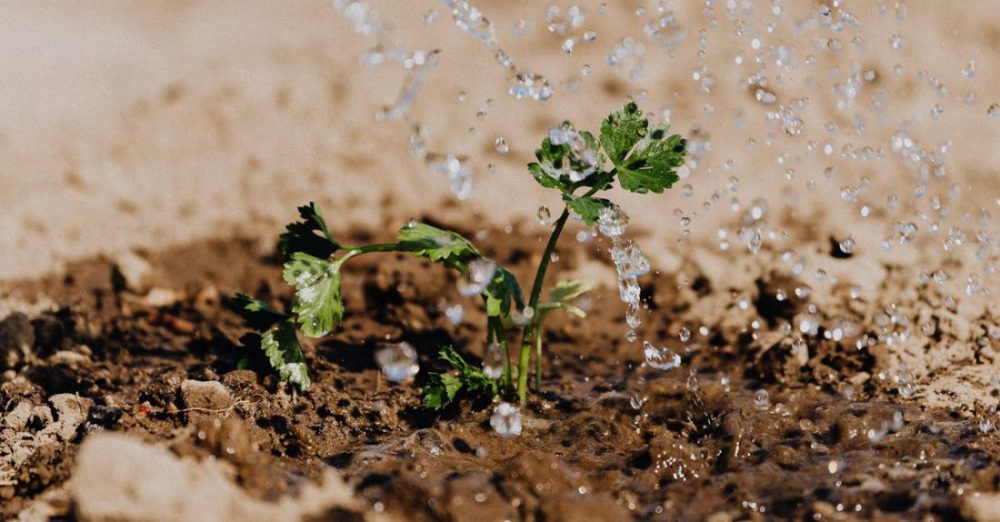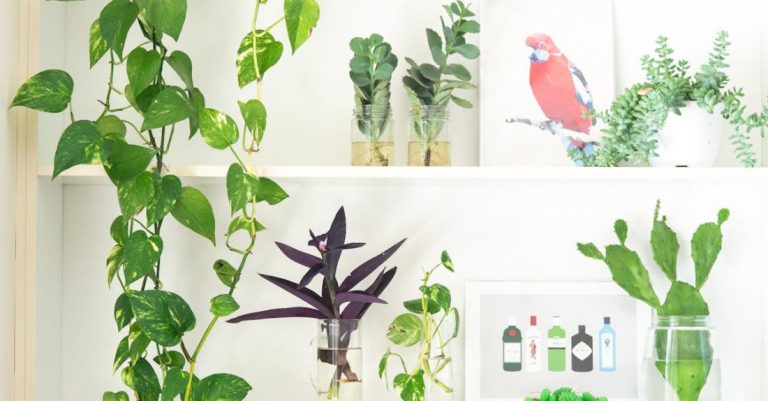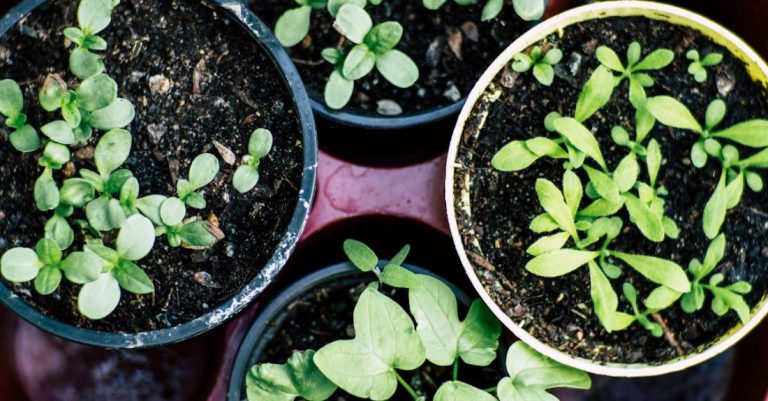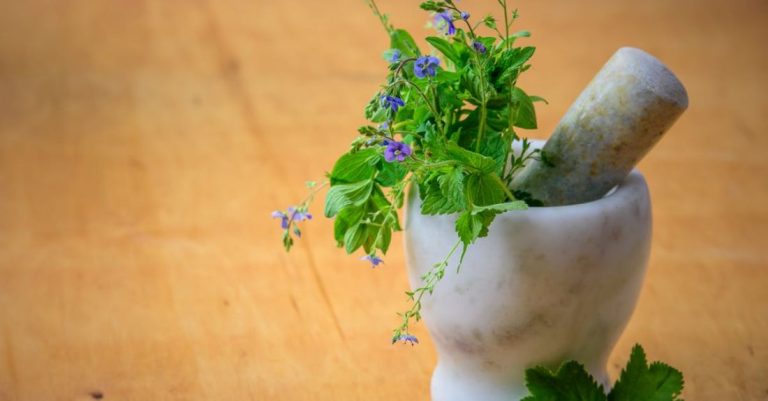
Watering Indoor Plants: Keeping Your Green Friends Happy
Indoor plants are a fantastic way to bring life and freshness into your home. However, one of the most common challenges plant owners face is ensuring their green companions receive the right amount of water. Overwatering or underwatering can lead to wilting, yellowing leaves, root rot, and ultimately, the demise of your beloved plants. To help you keep your indoor garden thriving, here are some of the best tips for watering indoor plants.
Understanding Plant Needs
Before diving into watering techniques, it’s crucial to understand the water requirements of your specific indoor plants. Different plants have varying needs when it comes to water, so it’s essential to research each plant’s preferences. Some plants, such as succulents and cacti, prefer drier conditions and should be watered sparingly, while tropical plants like ferns thrive in more humid environments and require more frequent watering.
Checking Soil Moisture
One of the most effective ways to determine when to water your indoor plants is by checking the moisture level of the soil. Stick your finger about an inch into the soil; if it feels dry to the touch, it’s time to water. However, if the soil feels moist, hold off on watering to prevent overwatering. Investing in a moisture meter can also help you accurately assess the soil’s moisture content and avoid guesswork.
Choosing the Right Watering Technique
When it comes to watering indoor plants, the technique you use can significantly impact their health. Avoid pouring water directly onto the leaves, as this can lead to fungal diseases and pest infestations. Instead, water the soil directly at the base of the plant to ensure the roots receive adequate moisture. For smaller plants, using a watering can with a narrow spout can help control the flow of water and prevent splashing.
Using Room Temperature Water
While it may be tempting to use cold water from the tap to water your plants, it’s best to opt for room temperature water. Cold water can shock the roots of your plants, affecting their overall health. Allow water to sit out for a day or use a watering can to fill up and let the water come to room temperature before watering your plants. This small adjustment can make a big difference in the well-being of your indoor plants.
Watering at the Right Time
The timing of watering your indoor plants can also impact their growth and development. Watering in the morning allows plants to absorb moisture throughout the day and reduces the risk of fungal diseases that thrive in damp conditions. Avoid watering in the evening, as excess moisture overnight can lead to root rot and other issues. Establishing a consistent watering schedule can help your plants thrive and maintain their health.
Monitoring Humidity Levels
In addition to watering, monitoring the humidity levels in your home is crucial for the well-being of your indoor plants. Some plants, such as orchids and ferns, require higher humidity levels to thrive. To increase humidity, consider placing a humidifier near your plants or grouping them together to create a microclimate with higher moisture levels. Regularly misting your plants can also help maintain adequate humidity levels.
Choosing the Right Potting Mix
The type of potting mix you use can also impact how often you need to water your indoor plants. Opt for a well-draining potting mix that allows excess water to flow out of the pot easily. Soil that retains too much moisture can lead to root rot and other issues. Adding perlite or sand to your potting mix can improve drainage and prevent waterlogged soil, keeping your plants healthy and happy.
Reviving Overwatered Plants
Despite your best efforts, you may occasionally overwater your indoor plants. If you notice signs of overwatering, such as yellowing leaves or soggy soil, take action promptly to save your plants. Remove the plant from its pot, gently shake off excess soil, and allow the roots to dry out before repotting in fresh, well-draining soil. Adjust your watering habits to prevent overwatering in the future and give your plants a chance to recover.
Conclusion: Keeping Your Indoor Plants Thriving
Watering indoor plants may seem like a simple task, but it requires attention to detail and an understanding of your plant’s specific needs. By checking soil moisture, using the right watering technique, and monitoring humidity levels, you can ensure your indoor garden thrives and remains healthy. Remember, each plant is unique, so take the time to research and cater to their individual requirements. With proper care and attention, your indoor plants will flourish and bring beauty and vitality to your home.





